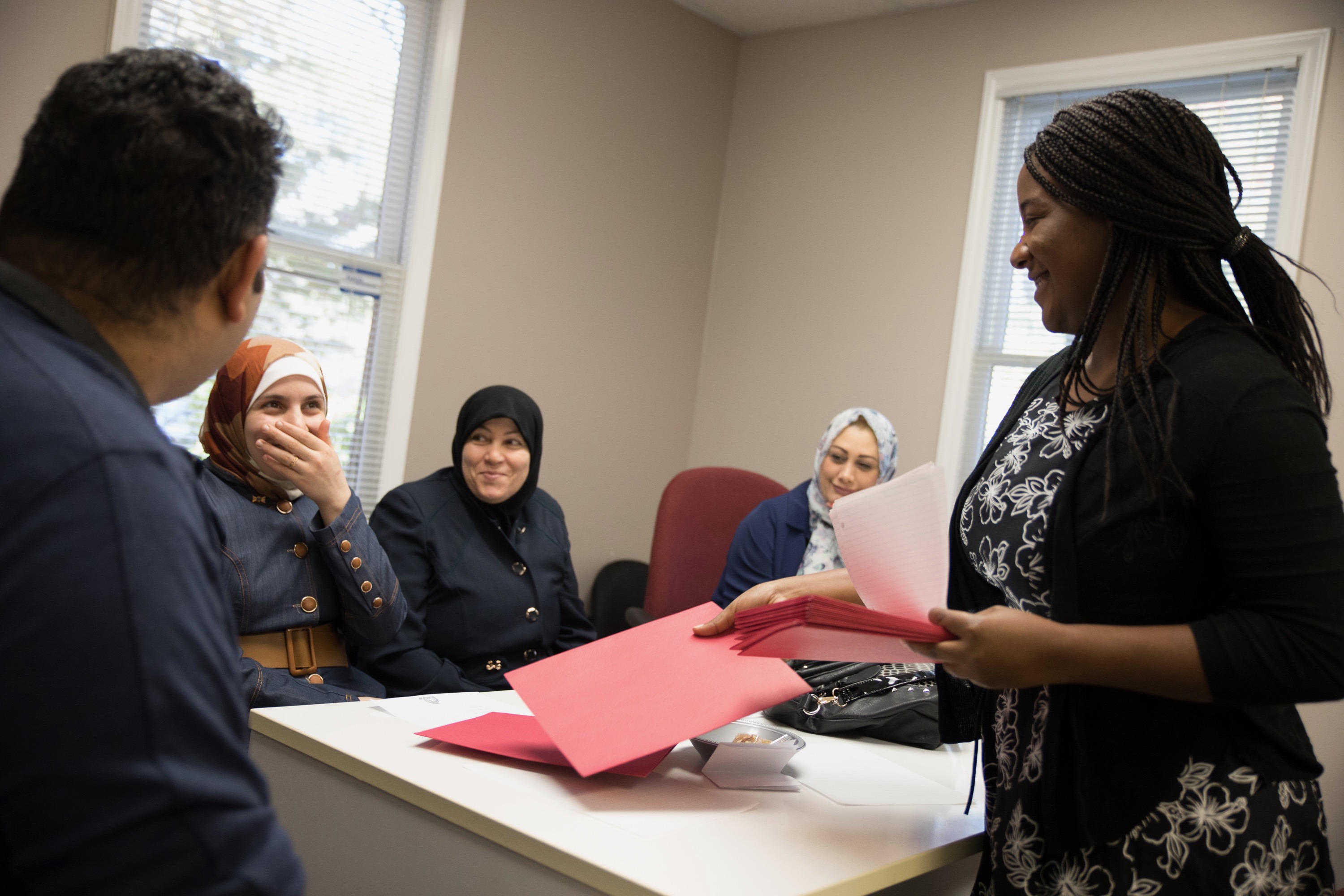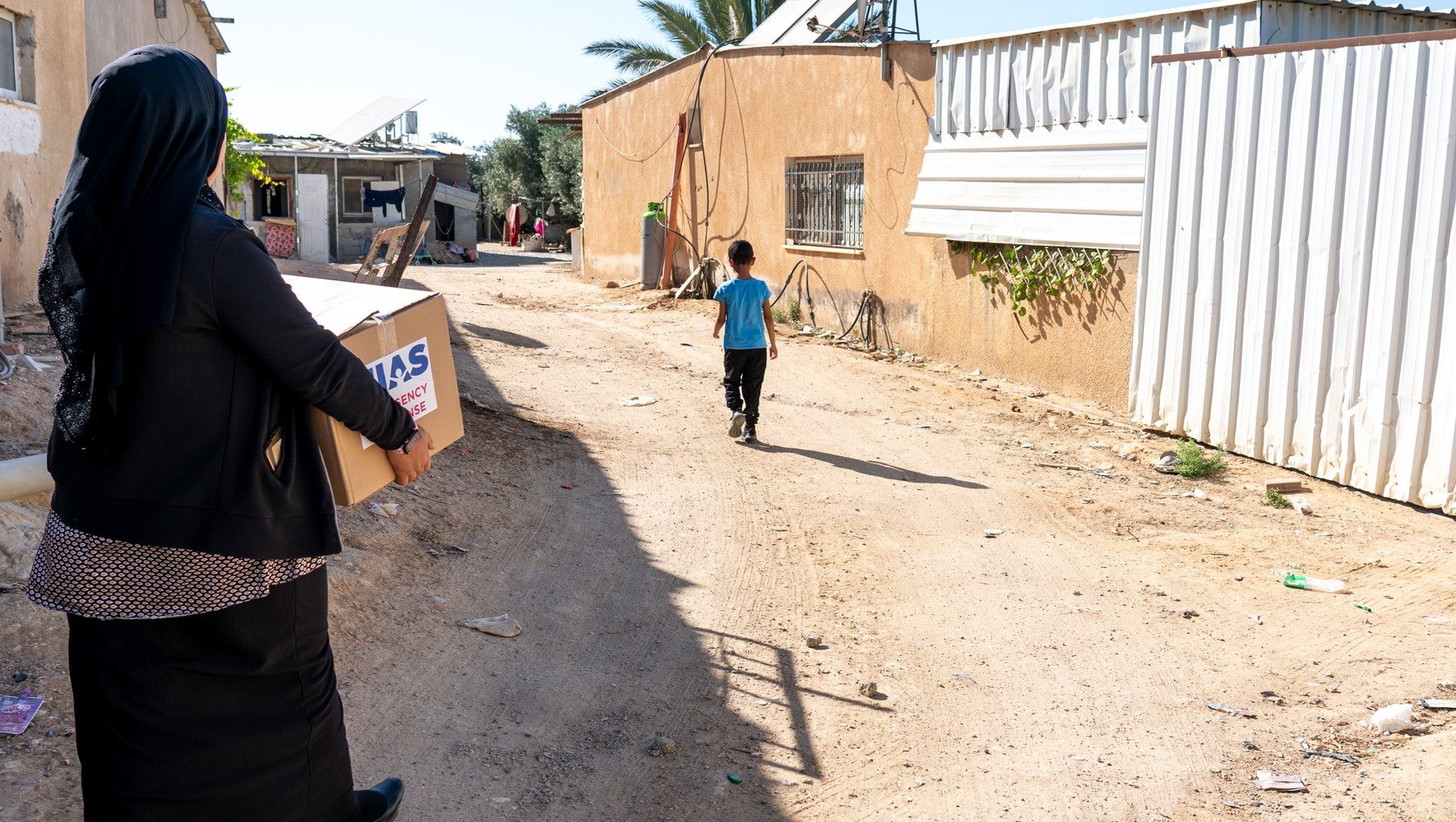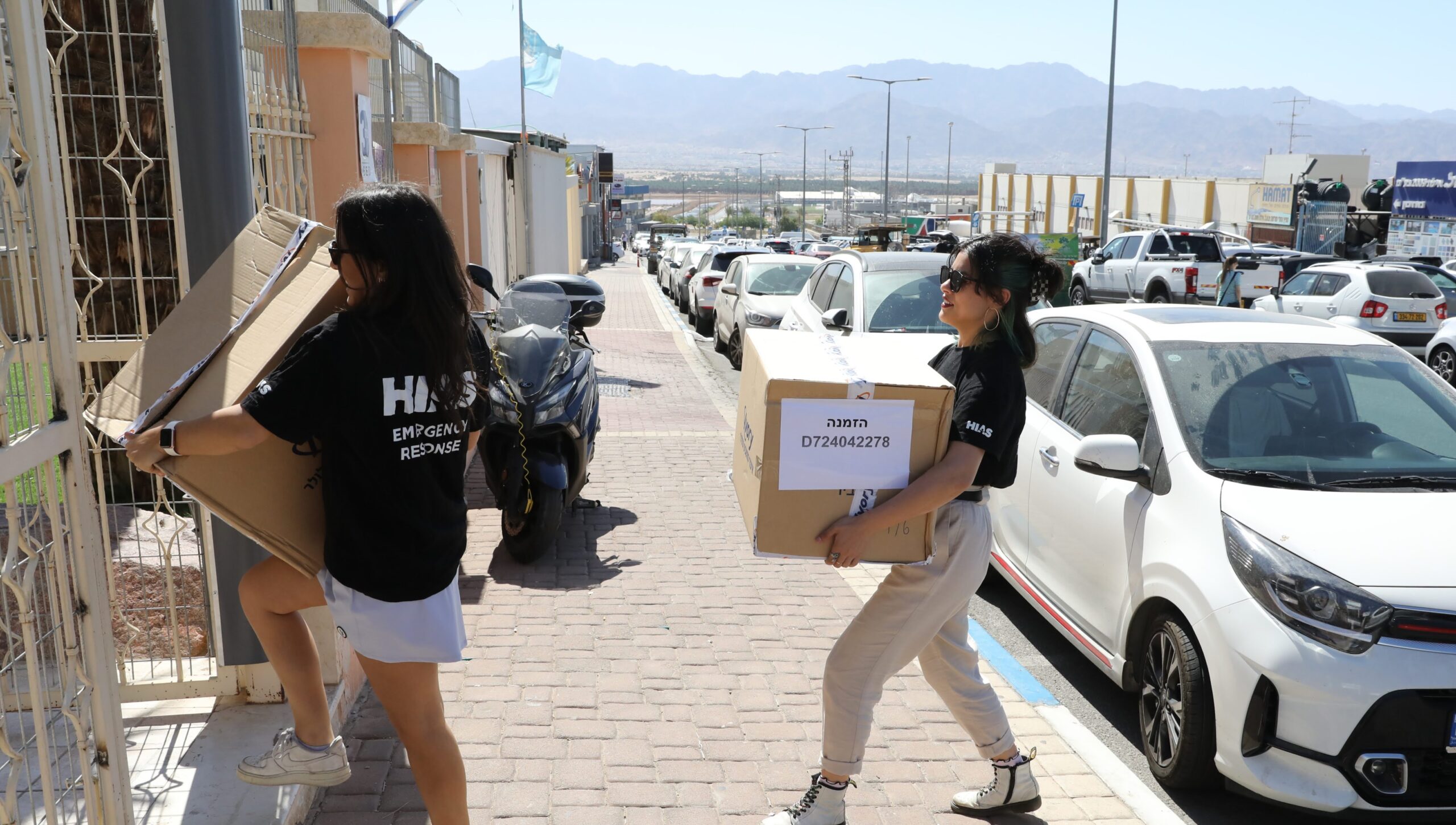Resettlement Agencies Across the U.S. Are Ready to Rebuild
By Max J. Rosenthal, HIAS.org
Jan 26, 2021

Women attend a cultural orientation class for newly arrived refugees at the Carolina Refugee Resettlement Agency in Charlotte on Nov. 4, 2016.
(Lucian Perkins for HIAS)
For the last four years, America’s refugee resettlement system has been under attack.
The Trump administration repeatedly slashed the annual cap on refugee admissions, setting a new record low each time; implemented new policies like “extreme vetting” to make resettlement approval even harder to obtain; and denigrated the notion of accepting refugees into the country at all.
Now the Biden administration is promising change. During last year’s campaign, now-President Biden pledged to increase the annual admissions cap to 125,000, its highest level in more than 25 years. The immigration bill sent by the White House to Congress on Biden’s first day in office includes funding to repair the country’s refugee-resettlement infrastructure.
Those repairs, however, will require more than just money. As the Trump administration shrank refugee admissions to a trickle, many refugee resettlement organizations — which help feed, house, and integrate refugees into their new communities — shrank as well. Now those groups must rebuild their ability to welcome new arrivals, a process that will take months of hard work.
“We need to build our staff capacity, our volunteer capacity, and donors,” said Leslie Aizenman, the director of refugee and immigrant services at Jewish Family and Community Services in Pittsburgh. “We need our community partners to be on board with us. We need our local community to understand our work and hopefully support what we do.”
JFCS Pittsburgh is one of HIAS’ 15 local resettlement partners across the country. Those partners do the on-the-ground work of supporting newly arrived refugees: finding affordable housing, lining up jobs, applying for government benefits, providing English lessons, and many other tasks. While refugees are unlikely to start arriving again for several months, resettlement organizations need to rebuild their capacity to offer all of those services well before then.
For now, with the timeline for new arrivals still vague, that means reaching out to the volunteers and local allies who have donated time and goods in the past. “When you don't have arrivals, you don't use the resources that you've historically used and they tend to dry up,” said Sylvia Acevedo, the senior director of refugee and employment services at Gulf Coast JFCS in Clearwater, Florida. “You have to massage those relationships, so that’s what we’ve been doing.”
Acevedo has focused on reaching out to local landlords who may be willing to offer reasonably priced apartments to refugees. Her counterparts at other agencies have contacted businesses who could employ new arrivals or have done so in the past. And all of them must find out which volunteers are still willing to help refugees with in-person tasks despite the risks of COVID-19.
As the administration’s resettlement plans firm up, resettlement groups will also have to hire a wave of new staff members. The funds those groups receive from the federal government are tied to the number of refugee arrivals. If refugees aren’t being resettled, those fees are not paid. That reality has left some HIAS partners underfunded and short-staffed over the past four years.
That not only meant that employees were forced to do multiple jobs at once, but also that resettlement agencies were unable to hire people who speak certain languages or understand the needs of different refugee communities. “That's what allows them to tailor languages and cultural experiences: if they can get to a scale where they have enough staff to meet different client needs,” said Alicia Wrenn, HIAS’ senior director of resettlement and integration.
Once hired, new case managers, volunteer coordinators, and other employees will face a long training process as well. “One of the things about refugee resettlement is there's so many parts and pieces to it, so much detail involved in the steps you have to walk any case through, that learning that order of operations just takes time,” said Marsha Hirsch, the executive director of the Carolina Refugee Resettlement Agency.
Wrenn said HIAS is prepared to help its local affiliates through that process. “We will soon be hired up completely at our end for support in training sites,” she said. “So we have staff in-house for their new hires to help them get onboarded and oriented to the job.” HIAS is also advocating for the federal government to change its resettlement funding system so agencies can count on reliable streams of support rather than sporadic payments.
Meanwhile, the government must rebuild its own capacity to bring refugees to the United States. Hirsch pointed out that “circuit rides” — when U.S. immigration officials visit and interview refugees in other countries who are seeking resettlement — have not taken place in more than a year. Federal, state, and local agencies will all need to be reacquainted with the needs of refugees.
Still, all of HIAS’ local partners are eager for the work ahead. “I'm excited for the madness. I'm excited for the high numbers. I'm excited to see all the happy faces arrive,” said Acevedo. “I miss it so terribly. It is part of my soul and our souls, you know, at HIAS and across the U.S. It is why we do the work."


